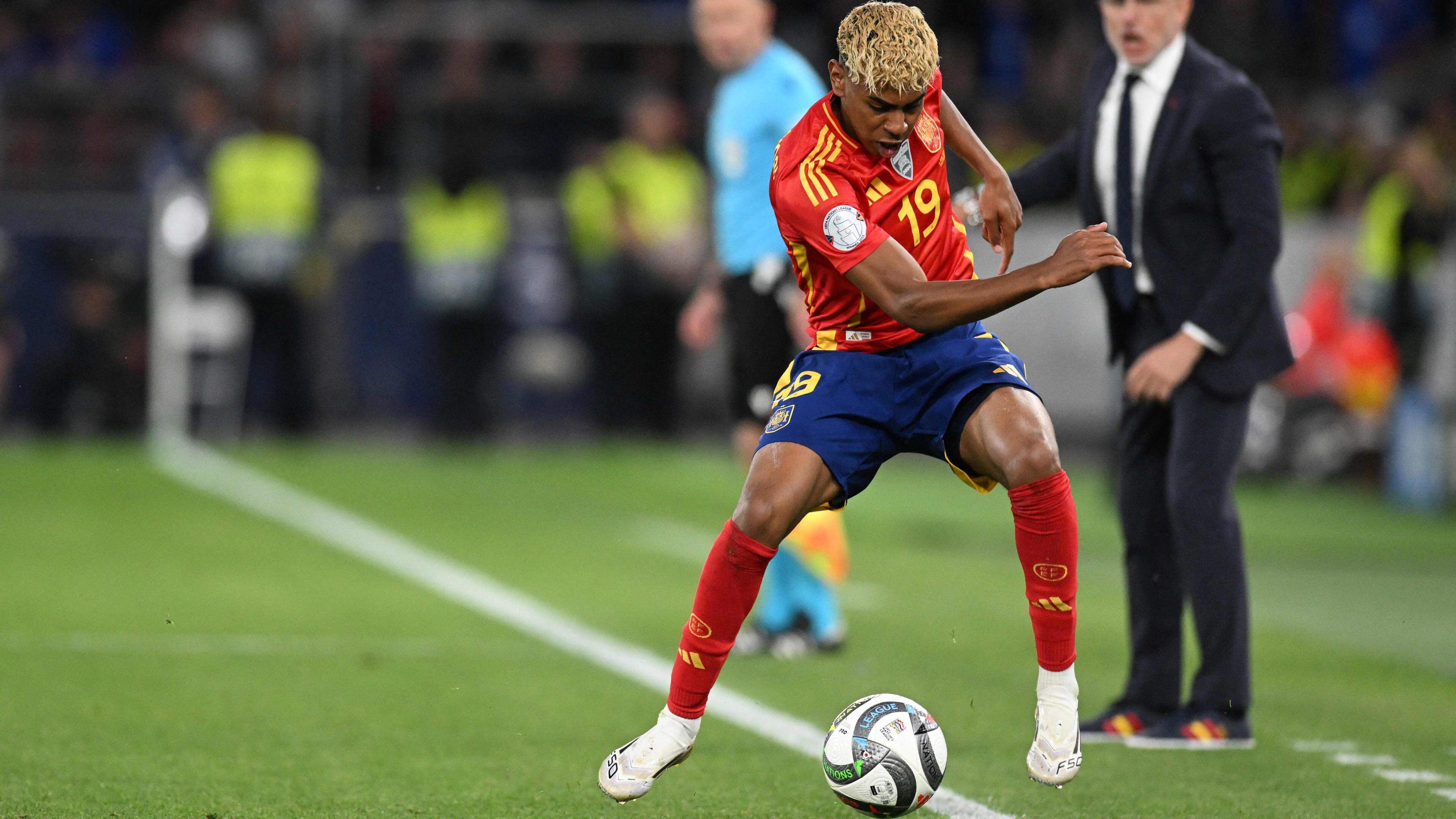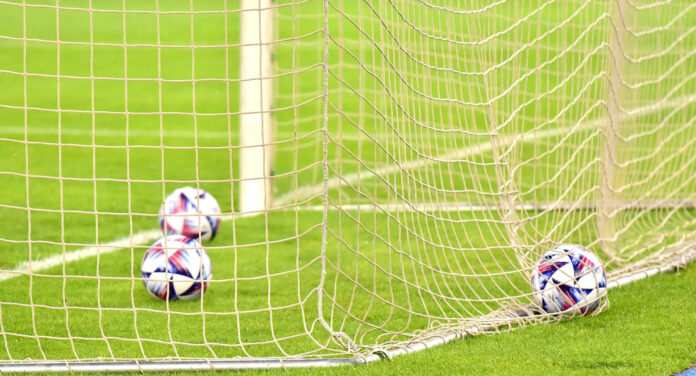Infant cerebral paralysis, the laboratory where rehabilitation with virtual reality and serious game is born

The computer assisted Rehabilitation (Care) Lab was inaugurated at the IRCCS Don Gnocchi in Florence. Thanks to the technology it will be possible to involve children in a fun way, offering personalized rehabilitation
Virtual reality and « Serious Games » They have now become part of the « luggage » of rehabilitation therapies applied to a wide range of outcomes by trauma and neurological pathologies. In a systematic review of the studies on the subject, published on Brain science In May 2024 by a group of Italian researchers, it ends as follows: «THEto immersive virtual reality it emerges as a fundamental technological tool in rehabilitation, integrating perfectly with conventional therapy within the rehabilitation programs of cerebral paralysis. In fact, not only increases motivation, but also significantly increases the skills and functional skills of children ».
In this context the Computer Assisted Rehabilitation (Care) Labinaugurated at the Institute of Hospitalization and Care of a scientific nature (IRCCS) Don Gnocchi of Florence. It is a laboratory that uses Virtual reality, new technologies and high-tech games for rehabilitation, which they will be able to access, in agreement with the National Health Servicesmall patients between five and eleven, with child cerebral paralysis uni or bilateral; Neurosviluppo disordersin particular attention disorders (with or without hyperactivity), motor coordination disorders And learning disorders.
Virtual reality (as well as robotics) allow you to propose exercises to facilitate movement controlbalance, posture, muscle recruitment, attention, memory, eye coordination, visual-spatial organization and so on. And in fact, some results achieved during the experimentation phase in the new laboratory, published on Journal of Pediatric Rehabilitation Medicine (JPRM) confirm this: thanks to Exercises and games actually virtual reality An average increase has been recorded the amplitude of the movement of over 19% and of the dexterity of 13% In children with unilateral cerebral paralysis.
Also with regard to motor coordination disorders and learning disorders, according to another study published by Italian researchers on Sensethere have already been important experimental results as a significant improvement of thevisual attention, flexibility, planning skills and other cognitive skills.
In addition to the doctors and managers of the structure, the general manager of the Don Gnocchi Foundation were present at the inauguration Francesco Convertthe scientific director of the Don Gnocchi Foundation Maria Cristina Massthe president of the Don Gnocchi Foundation Don Vincenzo Barbante And Paolo Bacciottipresident of the Tommasino Bacciotti Foundation of Florence, whose support made it possible to create the Care Lab.
Involve children in a fun way
As he explains Anna Cavallini, Director of the Department of Neuropsychiatry and Rehabilitation of the Evolutionary Age of the Don Gnocchi Foundation underlines: «It is important to keep in mind that The rehabilitation provided by the Care Lab is customized: At the beginning of the course, the rehabilitator verifies the child’s situation and defines the type of exercises to be performed. This type of approach also, It offers the advantage of involving the child in a fun way during rehabilitation sessions. This increases its motivation and adherence to neuromotor rehabilitation treatment and allows it to experience movements and activities in a protected environment, reducing performance anxiety. Finally, it allows to solicit more types of attentionfrom the one supported to the selective one, for example, and to exercise not only the upper limbs but also the lower ones, because the games provide for interaction also with images projected on the floor « .
Technology is a great ally in the evaluation and monitoring of progress: «The activities carried out by the children are detected through sensors and cameras, and therapists can monitor the rehabilitation path, customizing and adapting the activities. Personalization of therapy It keeps faith with the words of our founder according to which there is no disease but there are the sick and also technology makes sense only if at the service of patients « . Comment Maria Assunta Gabrielli Director of IRCCS Don Gnocchi of Florence.
Declares the president of the Don Gnocchi Foundation Don Vincenzo Barbante: « Alongside the other two locations of the Don Gnocchi Foundation where it is already present – IRCCS Santa Maria Nascente of Milan and » Bignamini « Center of Falconara (Ancona) – This innovative service constitutes a real » Care Lab system « which allows the Don Gnocchi Foundation to bring innovative treatments for these pediatric pathologies in an increasingly extended and widespread way in the national territory, both in large cities and in the city of smaller centers. Today the Foundation is present in 9 regions, with 3,758 beds accredited under hospitalization or day hospital and 27 territorial clinics ».
The computer assisted rehabilitation (care) lab
The laboratory is divided into two environments: A hi-tech multimedia room and a control and supervision room.
Inside the high -tech room, children carry out motor and cognitive rehabilitation thanks to audio and video instruments. The activities have the form of interactive game, which is presented to them in a semi-immersive virtual reality, since the walls of the room depict a very colorful and original playground.
The sensors and measurement devices hidden in the laboratory detect the child’s activity And the processing of this information provides the quantitative measures necessary for the monitoring of its rehabilitation path. THEThe therapist has the opportunity to customize and adapt play activities in each sessiontaking into account the rehabilitation needs and individual characteristics of the child. The instrumentation allows to collect quantitative data and generate indices relating to the activities carried out, contributing to the continuous monitoring of the rehabilitation path.
Three types of game
Three, basically, are the types of game structured within the laboratory: one, called « The trip to the park » has the aim of strengthening the movement of the arms and different types of attention; the second – « Ready and go » – urges attention, short -term memory and spatial and visual memory and requires to reach a target in a fixed position in front of the child with his arm. In the third – « Step by step » – The child is asked to plan the most efficient path to collect virtual objects, overcoming obstacles that can be stopped or in motion, and get to the required destination by looking at a map on the ground.
The objectives of rehabilitation
Rehabilitation exercises, aimed at promoting the improvement of manual skills and balancewill be carried out in the form of a video game (the so -called Serious Games) and actually performed immersive virtual reality, with technologies developed by the workshops of the Sant’Anna High School of Pisa (Mechanical Intelligence Institute), coordinator of the project.
Virtual dive will allow children to participate in a multisensory game experiencewhere 360 degrees perceived to the visual and hearing stimuli will also be added tactile stimuli perceived through wearable actuators. In this way, it will also be possible to perceive tactile contact with virtual objects aim of the socket and manipulation actions.
The virtual environment, the recreational aspect, the variability of the exercises, the progression by subsequent stages of upgrading managed by the therapist, They are all highly engaging, motivating and rewarding elements and, as such, capable of promoting and supporting motor learning. The virtual environment also allows you to Objectively measure, through the detection of new kinematic indexes and advanced data analysis technologies – developed in the project by the Institute of Clinical Physiology of the National Research Council (CNR -IFC) – Children’s performance in the required actions and, consequently, to faithfully monitor their progress during the therapy. Element not to be underestimated, in light of the pandemic situation, is finally the prospect of proposing this type of rehabilitation structure even at home of the patient, in a monitoring, control and supervision scenario even remotely (telemedicine).







